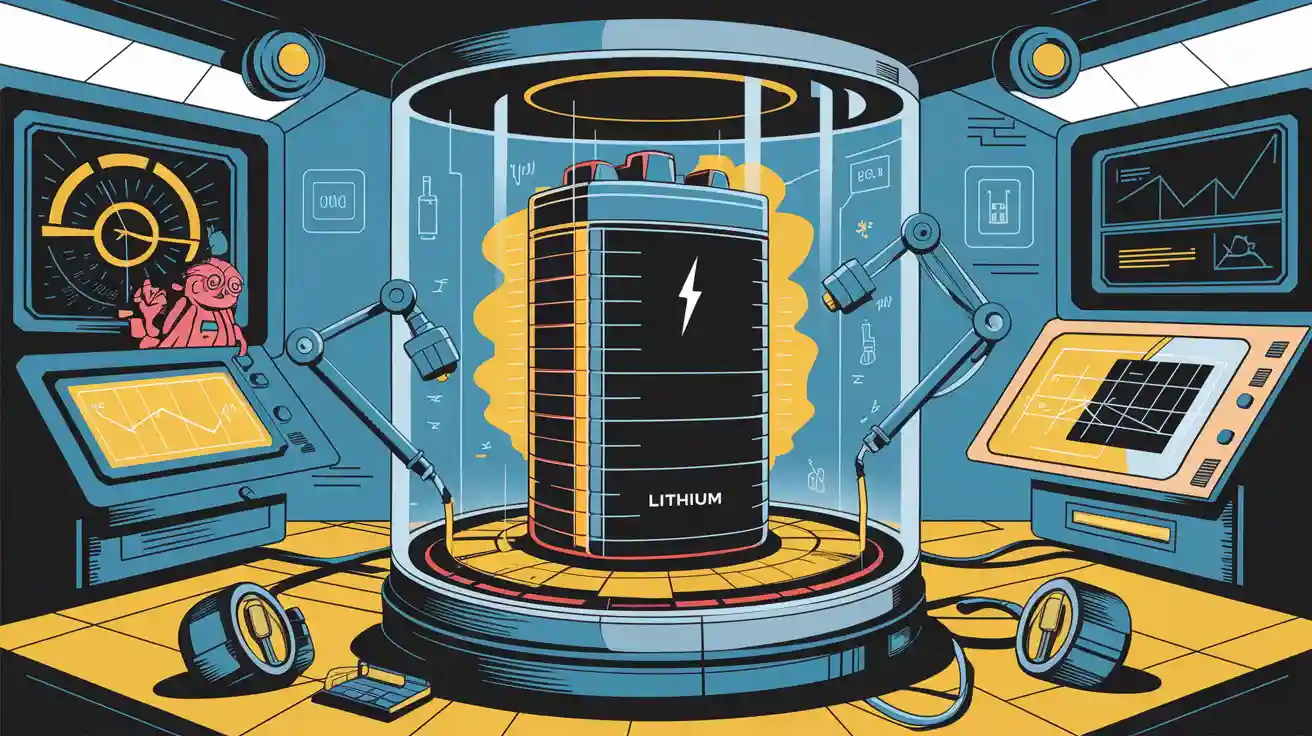Contents
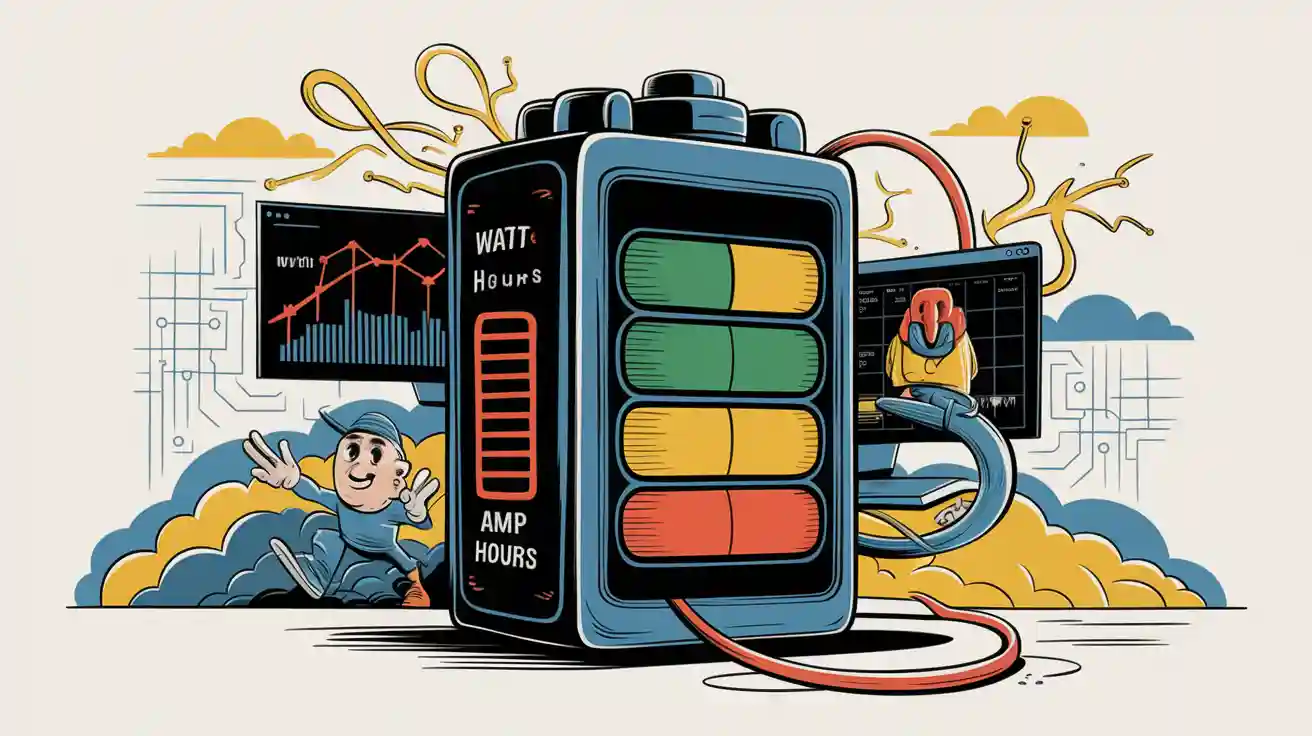
Understanding battery performance starts with two key metrics: watt hours and amp hours. These measures help you evaluate energy storage and device runtime effectively. For instance:
The average U.S. household consumes 29.2 kWh daily, requiring reliable energy storage during outages.
A 10 kWh battery powers essential appliances for 8–12 hours, depending on usage.
Lithium iron phosphate (LiFePO4) batteries excel in longevity, delivering up to 5,000 cycles at 80% depth of discharge, compared to 500–600 cycles in lead-acid batteries. Learn more about LiFePO4 batteries.
These metrics are critical for renewable energy systems, medical equipment, and consumer electronics, ensuring optimal energy use and cost-efficiency. By mastering watt hours to amp hours calculations, you can select the best lithium battery for your needs.
Key Takeaways
Watt hours show how much energy a battery holds. This helps you know how long devices can work before recharging. Use it to check if a battery fits your needs.
Amp hours tell how much power a battery gives over time. Knowing this helps you pick a battery that runs devices steadily.
Changing watt hours to amp hours is important for device matching. Use the formula Ah = Wh / Voltage to choose the right lithium battery.
Part 1: What Are Watt Hours and Amp Hours?
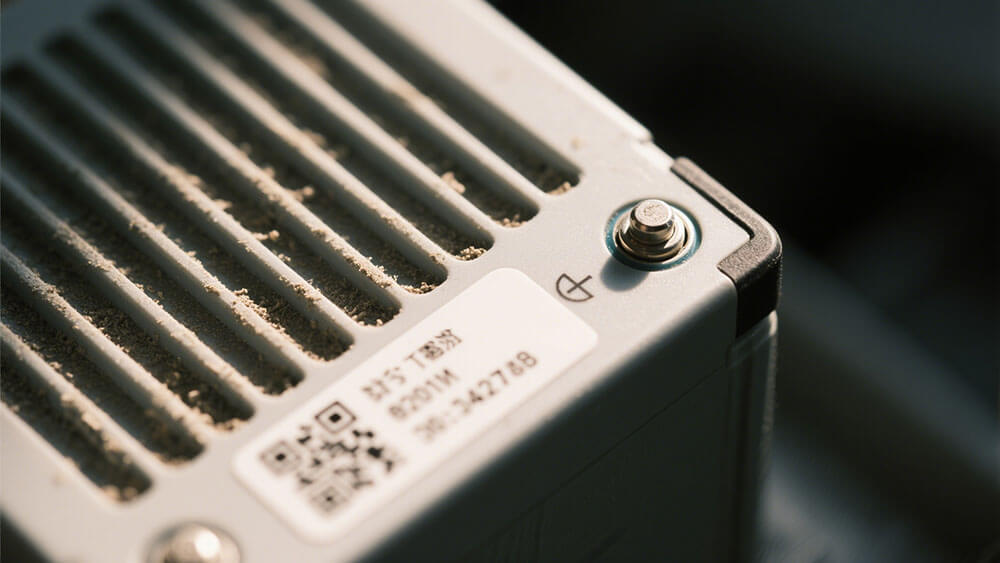
1.1 Watt Hours (Wh) and Their Role in Battery Applications
Watt hours measure the total energy a battery can store and deliver over time. This metric is crucial for determining how long a device can operate before requiring a recharge. For instance, a battery rated at 1,000 watt hours can theoretically power a 100-watt device for 10 hours.
In practical applications, watt hours help you evaluate battery capacity and performance across various industries. For example, in renewable energy systems, watt hours determine how much solar energy a lithium battery can store for nighttime use. Similarly, in medical equipment, watt hours ensure uninterrupted operation of critical devices like ventilators and monitors.
Understanding watt hours allows you to optimize energy storage and usage, especially in lithium-ion batteries, which are widely used in consumer electronics and renewable energy systems.
1.2 Amp Hours (Ah) and Their Impact on Battery Performance
Amp hours measure a battery’s capacity to supply current over time. This metric directly impacts how long a device can run on a single charge. For example, a 100 Ah battery can theoretically deliver 1 amp of current for 100 hours or 10 amps for 10 hours.
Despite having the same ampere-hours, Battery B can deliver twice as much energy as Battery A due to its higher voltage. This illustrates that two batteries with identical amp hours can have different usable capacities based on their voltage, reinforcing the significance of converting between watt hours and amp hours.
In real-world scenarios, amp hours play a critical role in applications requiring consistent power delivery. For instance:
In a case study involving a boat’s house bank, increasing the battery capacity to 800 amp hours at 24 volts aimed to reduce generator run time significantly.
The owner anticipated that a larger battery bank would allow for longer periods of sailing without the need for frequent generator use, thus enhancing overall efficiency.
Amp hours also influence battery performance under varying discharge rates. According to Peukert’s Law, a battery’s effective capacity decreases as the discharge rate increases. This makes amp hours a vital consideration for applications like industrial machinery and robotics.
1.3 Calculating Watt Hours to Amp Hours in Lithium Batteries
Converting watt hours to amp hours is essential for understanding battery specifications and ensuring compatibility with your devices. The formula is straightforward:
Ah = Wh / Voltage
Here are some practical examples:
A 1,200 Wh battery at 12V yields 100 Ah (1,200 Wh / 12V).
For a 48V battery with 500 Wh, the calculation gives approximately 10.42 Ah (500 Wh / 48V).
These calculations are particularly important for lithium battery applications, where voltage levels can vary significantly. For instance:
A 48-volt ebike battery storing 500 watt hours can be calculated as: Ah = 500 Wh / 48V ≈ 10.42 Ah.
This illustrates the direct relationship between watt hours and amp hours, emphasizing the importance of these calculations in real-world scenarios.
By mastering these conversions, you can make informed decisions when selecting lithium batteries for applications like renewable energy systems, medical equipment, and consumer electronics.
Part 2: Key Differences Between Amp-Hours and Watt-Hours
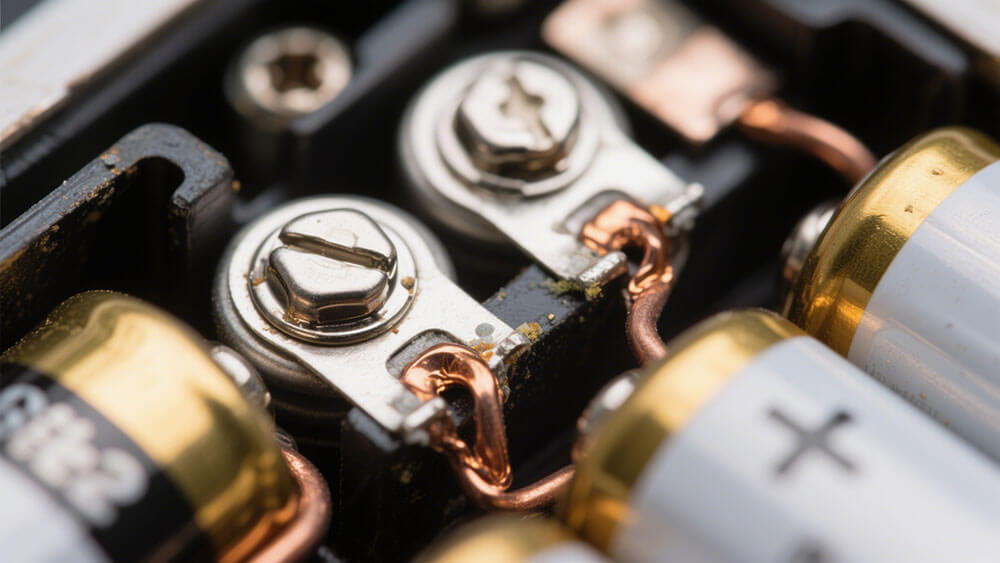
2.1 Understanding the Distinctions Between Energy and Charge
Understanding the difference between energy and charge is crucial when evaluating battery performance. Amp-hours measure the charge a battery can deliver over time, while watt-hours quantify the total energy stored. This distinction becomes significant in applications where both power and runtime are critical.
For example, a 100 Ah battery can supply 10 amps for 10 hours, but its energy capacity depends on its voltage. A 12V battery with 100 Ah provides 1,200 watt-hours, while a 24V battery with the same amp-hours delivers 2,400 watt-hours. This highlights how voltage influences energy output, making watt-hours a more comprehensive metric for energy consumption and storage.
Tip: When selecting a lithium-ion battery, always consider both amp-hours and watt-hours to ensure compatibility with your device’s power requirements.
2.2 How Watt Hours and Amp Hours Complement Each Other
The relationship between watt hours and amp hours offers a complete picture of battery performance. While amp-hours focus on current flow, watt-hours incorporate voltage, providing a holistic view of energy capacity. This synergy is essential for optimizing battery usage in real-world scenarios.
Battery Specs | Watt Hours | Amp Hours |
|---|---|---|
18V 5Ah | 90 Wh | 5 Ah |
18V 4Ah | 72 Wh | 4 Ah |
20V Max 5Ah | 100 Wh | 5 Ah |
20V Max 4Ah | 80 Wh | 4 Ah |
Watt-hours provide insights into energy efficiency, while amp-hours help you understand runtime. Together, they enable you to calculate the optimal battery capacity for your needs.
2.3 Why Both Metrics Are Critical for Lithium Battery Packs
Both amp-hours and watt-hours play a vital role in measuring battery capacity and ensuring efficient energy usage. Amp-hours indicate how much current a battery can supply, while watt-hours reveal the total energy available. This dual perspective is indispensable for lithium battery packs, especially in industries like renewable energy, robotics, and medical equipment.
To optimize performance:
Measure your device’s power draw in watts and estimate the required runtime.
Use watt-hours to calculate the total energy needed.
Account for a safety margin by selecting a battery with 20-30% more capacity than estimated.
By understanding these metrics, you can make informed decisions when designing or selecting lithium battery packs for applications like solar power systems or industrial machinery. Properly sizing voltage and capacity ensures reliable performance and longer battery life.
Note: For custom lithium battery solutions tailored to your specific needs, explore Large Power’s custom battery solutions.
Part 3: Practical Applications of Watt Hours and Amp Hours
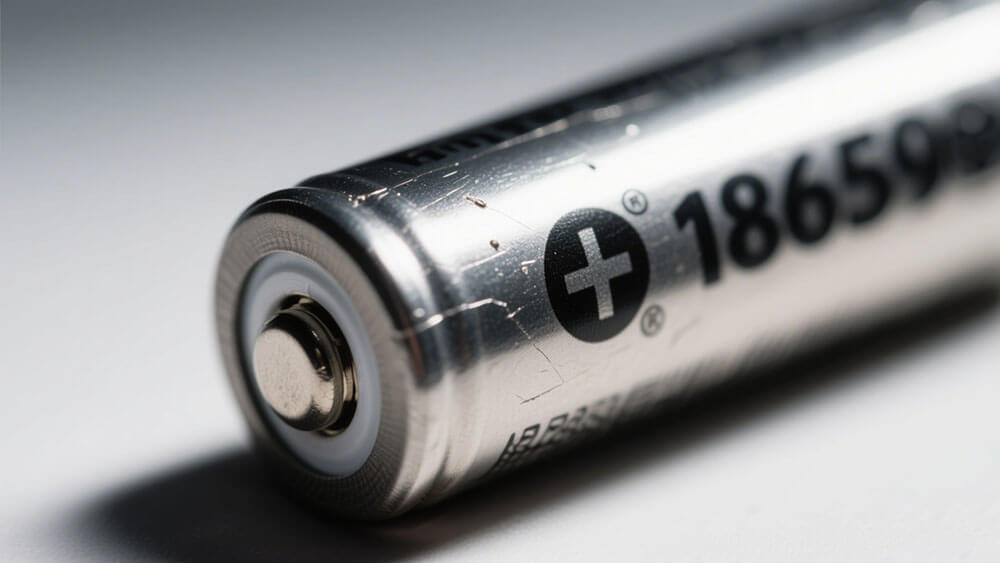
3.1 Optimizing Lithium Battery Packs for Solar Power Systems
Solar power systems rely heavily on accurate energy storage calculations to ensure efficiency and reliability. Understanding watt hours allows you to size solar panels and batteries based on daily energy needs. For instance, if your household consumes 600 watt hours daily, you can calculate the required battery capacity and solar panel output to meet this demand.
Component | Details |
|---|---|
Battery Capacity | 50Ah |
Required Energy (Wh) | 12V × 50Ah = 600Wh |
Solar Panel Output (Wh) | 100W × 5 hours sunlight = 500Wh |
Charging Time (Approx.) | 600Wh ÷ 500Wh/day ≈ 1.2 days |
This table illustrates how watt hours and amp hours work together to optimize energy storage capacity in solar systems. By understanding these metrics, you can select lithium battery packs that align with your energy requirements. For outdoor adventures, such as camping or RV trips, calculating watt hours ensures your devices remain powered throughout your journey.
Tip: When designing a solar power system, always account for variables like sunlight availability and power consumption patterns. This ensures your energy storage system remains efficient and reliable.
3.2 Enhancing Battery Performance in Medical Equipments
Medical equipment demands high-performance batteries to ensure uninterrupted operation. Metrics like watt hours and amp hours play a critical role in determining operational time and power delivery. For example, the specific energy capacity of a battery pack directly impacts how long a ventilator or monitor can function before recharging.
Watt hours allow you to compare battery capacities across different chemistries, ensuring compatibility with medical devices.
The specific power of battery cells affects their ability to deliver high current, which is vital for devices requiring consistent power.
Factors like self-discharge rates and internal resistance influence performance, making it essential to evaluate these metrics when selecting batteries.
Note: Lithium-ion batteries are widely used in medical applications due to their high energy density and long cycle life. Learn more about medical battery solutions.
By leveraging watt hours and amp hours, you can enhance the performance and reliability of medical equipment, ensuring patient safety and operational efficiency.
3.3 Applications in Portable Devices and Consumer Electronics
Portable devices and consumer electronics rely on efficient energy storage to deliver optimal performance. Metrics like watt hours and amp hours help you estimate battery runtime and select the right battery for your device. For instance, a 49Wh battery in a gaming device can provide up to eight hours of gameplay at a power consumption rate of 6 watts.
“The watt reigns supreme, if only companies would share it with us. Every time I see ‘mAh’ on a consumer product, I cringe. … With the least strenuous games, I’ll sometimes see my Steam Deck draining the battery at a speed of just 6 watts — which means I can get eight hours of gameplay because 6 watts times 8 hours is 48Wh, with 1Wh remaining in the 49Wh battery.”
Understanding watt hours enables you to optimize energy storage capacity for devices like smartphones, laptops, and gaming consoles. This ensures longer runtimes and better performance. For consumer electronics, selecting batteries with the right energy storage capacity can significantly enhance user experience.
Tip: Explore custom battery solutions to find lithium battery packs tailored to your specific needs in consumer electronics.
Understanding watt hours and amp hours is essential for optimizing battery performance. These metrics provide insights into energy storage, charge cycles, and depth of discharge, which are critical for applications in renewable energy, electric vehicles, and portable electronics. By mastering these concepts, you can select lithium battery packs that enhance efficiency and longevity across various industries.
Properly managing depth of discharge ensures longer battery life, much like maintaining equipment in electric vehicles or other systems.
FAQ
1. How do watt hours and amp hours affect lithium-ion battery selection?
Watt hours determine energy capacity, while amp hours indicate runtime. Together, they help you choose the right lithium-ion battery for your application.
2. Why are LiFePO4 batteries preferred for renewable energy systems?
LiFePO4 batteries offer high cycle life (2,000–5,000 cycles) and stable performance, making them ideal for solar and wind energy storage.
3. Can watt hours and amp hours optimize robotics applications?
Yes, accurate watt-hour and amp-hour calculations ensure efficient power delivery for robotics, enhancing operational reliability and reducing downtime.
Tip: For custom lithium battery solutions tailored to your needs, explore Large Power’s custom battery solutions.


